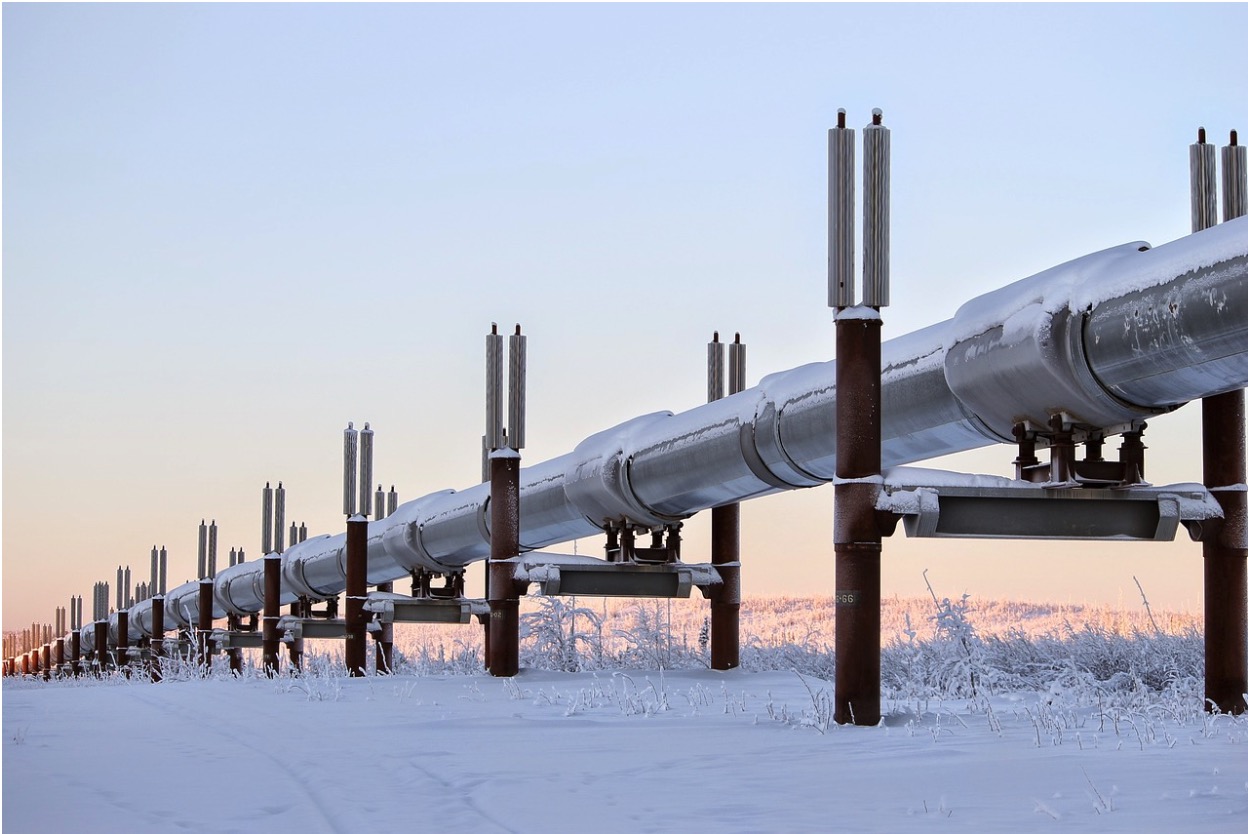Comments
NEW TECHNOLOGY - Float technology may not be something that immediately comes to mind when thinking about improving efficiency and safety, but it should definitely not be overlooked. In fact, patented float technology has been making waves in industries such as oil and gas, chemical processing, and water treatment by drastically increasing efficiency and ensuring safer operations. But what exactly is float technology? And how does it achieve such remarkable results?
Float technology is a simple yet ingenious concept that involves using a floating object to float pipes, hoses, cables, and other equipment on liquid surfaces. This eliminates the need for physical anchoring, which can be time-consuming and pose safety risks, and instead allows for a more flexible and efficient setup.
In this blog post, we will discuss 6 ways how patented float technology can improve efficiency and safety in various industries. Let's get started.
Reduced Setup Time
One of the major benefits of patented float technology is its ability to significantly reduce setup time. Traditional methods of anchoring equipment on liquid surfaces can be a time-consuming and tedious process, often requiring specialized tools and manpower.
With float technology, however, this process becomes much simpler and faster - the floating objects can easily be positioned and repositioned as needed without the need for physical anchoring.
This not only saves valuable time but also allows for more efficient use of resources. In industries where time is money, such as oil and gas or chemical processing, this can result in significant cost savings and improved overall efficiency. Additionally, reduced setup time means that operations can begin sooner, leading to increased productivity and profitability.
Increased Flexibility
Another key advantage of float technology is its ability to provide increased flexibility in equipment setup. With traditional anchoring methods, equipment placement is often fixed and cannot be easily adjusted without significant effort. This can be a major hindrance when dealing with changing liquid levels or varying operating conditions.
Float technology, on the other hand, allows for much more flexibility as the floating objects can adapt to fluctuations in liquid levels and movements of the liquid surface. For instance, hose floats solutions can accommodate changes in water levels, ensuring that hoses remain at the desired depth and do not become tangled or damaged. This flexibility allows for smoother operations and reduces the risk of equipment damage or downtime due to unexpected liquid level changes.
Elimination of Anchoring Risks
Anchoring equipment on liquid surfaces can pose significant safety risks to workers. The use of heavy tools and machinery, potential exposure to hazardous materials, and working near open bodies of water all increase the likelihood of accidents occurring.
Float technology eliminates these risks by removing the need for physical anchoring. Workers no longer have to handle heavy equipment or work near potentially dangerous areas, leading to a safer workplace environment. This not only protects workers but also reduces the risk of costly accidents and downtime.
Minimization of Maintenance
Traditional anchoring methods often require regular maintenance to ensure equipment remains securely anchored and functioning properly. This can be a time-consuming and expensive task, especially in industries where equipment is constantly exposed to harsh environments.
Using float technology eliminates the need for frequent maintenance as there are no physical anchors that can wear out or break. Additionally, since the equipment is not anchored directly to the liquid surface, it is less susceptible to corrosion and damage from contact with chemicals or other substances. This results in reduced maintenance costs and increases the lifespan of equipment, further improving efficiency and reducing downtime.
Improved Efficiency in Liquid Level Control
Float technology can also greatly improve efficiency in liquid level control. By floating equipment and materials on the liquid surface, it allows for more accurate and precise control of liquid levels. This is particularly beneficial in industries where maintaining specific levels is crucial for proper operations, such as water treatment or chemical processing.
With float technology, liquid levels can be easily adjusted by simply moving the floating objects up or down. This eliminates the need for manual adjustments or complex systems, resulting in smoother and more efficient operations.
Enhanced Safety During Operations
Last but certainly not least, patented float technology enhances safety during operations. In addition to eliminating the risks associated with physically anchoring equipment, it also helps prevent accidents caused by improper liquid level control.
Float technology enables operators to easily and accurately adjust liquid levels without having to manually manipulate equipment or make precarious adjustments near open bodies of water. This reduces the risk of human error and minimizes potential hazards in the workplace.
Moreover, since float technology requires little maintenance and reduces downtime, employees are less likely to be rushed or fatigued due to constant repairs or upkeep. This further contributes to a safer work environment for all involved.

Patented float technology offers numerous benefits that can greatly improve efficiency and safety in various industries. From reducing setup time and increasing flexibility to eliminating anchoring risks and minimizing maintenance, this innovative technology has revolutionized the way equipment is positioned on liquid surfaces. Not only does it lead to cost savings and improved productivity, but it also creates a safer workplace environment for workers. With its ability to enhance liquid level control and prevent accidents during operations, float technology continues to make a significant impact in industries such as oil and gas, chemical processing, and water treatment.
###









